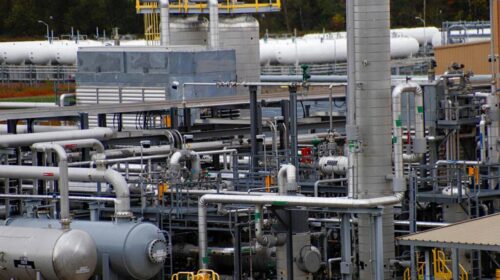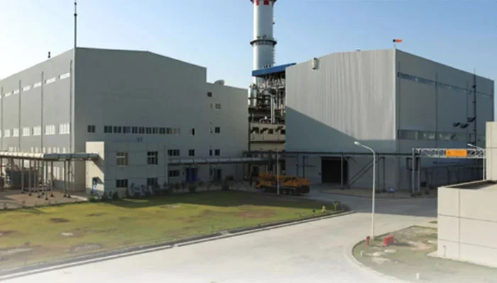ISLAMABAD: To ensure gas availability for eight hours to residential consumers in the current winter season, the government will divert the costly Re-Gasified Liquefied Natural Gas (RLNG) worth Rs210 billion to the domestic sector.
Unlike the last four years, this time around the the Rs210 billion cost of RLNG diversion will be recovered from the consumers through the new pricing mechanism by the caretaker regime. This is the backdrop of the fact that the RLNG diversion to the domestic sector in the last four winters could not be recovered which led to ballooning of the gas circular debt to Rs2,900 billion.
“However, this time the incurring cost for RLNG diversion to the tune of Rs210 billion will be recovered from the consumers through the new pricing mechanism carved out by the caretaker regime which will not lead to an increase in the gas circular debt. Besides we have an available budget of Rs 29bn to reduce the circular debt of Rs 250 bn that accumulated due to non-recovery of RLNG cost in the last four winter seasons, a senior official of the Energy Ministry told The News. Under the new mechanism the government, he said, has added guidelines in the OGRA ordinance for diversion cost recovery through respective revenue requirement petitions of the gas companies. The Sui Northern Gas Pipelines Limited (SNGPL) to this effect will submit a petition with OGRA seeking recovery of diversion cost during the Nov-Feb period inclusion in normal revenue requirements under Section 8(2). “The new pricing mechanism also enjoys the approval of the Special Investment Facilitation Council.”
The International Monetary Fund, the official said, wanted the government to charge ring-fenced RLNG prices to every consumer to prevent further build-up of circular debt.
“The caretaker government has met the IMF benchmark by inserting the guidelines in the OGRA Ordinance under which the RLNG cost will be recovered from the domestic consumers.”
Pakistan gets RLNG supply from abroad under term agreements which include five cargoes from Qatar at 13.37 percent of Brent, another two cargoes from Qatar at 10.2 percent of Brent, and one from ENI at 12.14 percent of Brent.
However, 800 mmcfd of imported gas is not enough to cater to the increasing demand for gas in December.
“This prompted the caretaker regime to import two cargos from the open market from Vitol through spot bidding and one from SOCAR- to ensure availability of 1000 mmcfd.
The local gas production has reduced to 3.2bcfd and it is decreasing by 9-10 percent every year. This summer season gas was made available to the domestic sector for more than eight hours at different timings across the 24 hours. If the government decides to maintain gas availability for 8 hours it would have no option but to divert the RLNG.





